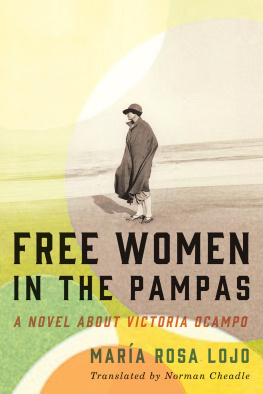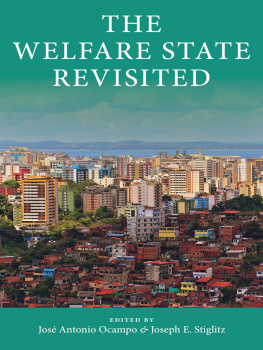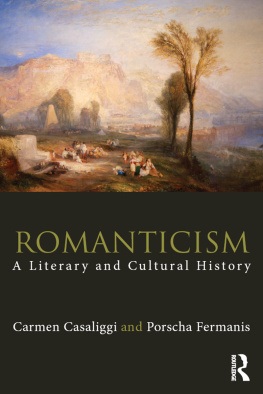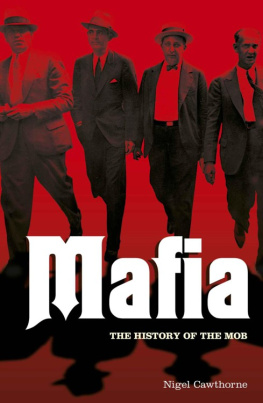AMBETH R. OCAMPO has, for over three decades, brought history down from academia and returned it to the public where it also belongs. Drawing from extensive archival research, at home and abroad, he has written on Philippine history focusing on its art, culture, and the heroes who figure in the birth of the nation.
Dr. Ocampo is an associate professor and former chair, Department of History, Ateneo de Manila University. He writes a widely read editorial page column for the Philippine Daily Inquirer , moderates a growing Facebook fan page, and also connects on Instagram. An independent curator, he sits on the advisory boards of the Ateneo Art Gallery, Ayala Museum, BenCab Museum, Lopez Museum, and the President Elpidio Quirino Foundation.
In other lives and other times, he was a Benedictine monk; president of the City College of Manila; chairman, National Historical Commission of the Philippines and the National Commission on Culture and the Arts; chairman, Incoming State Visits, Office of Presidential Protocol, Malacaang Palace; and adviser, Numismatic Committee, Bangko Sentral ng Pilipinas. After an eventful professional and personal life, he looks forward to the perks of a senior citizen card.
Other books by AMBETH R. OCAMPO:
The Paintings of E. Aguilar Cruz (1986)
Rizal Without the Overcoat rev. ed. (2011)
Makamisa: The Search for Rizals Third Novel rev. ed. (2009)
A Calendar of Rizaliana in the Vault of the Philippine National Library rev. ed. (2011)
Aguinaldo s Breakfast (1993)
Bonifacios Bolo (1995)
Mabinis Ghost (1995)
Teodora Alonso (1995)
Talking History: Conversations with Teodoro A. Agoncillo rev. ed. (2011)
Lunas Moustache (1997)
The Centennial Countdown (1998)
Bones of Contention rev. ed. (2014)
Meaning and History: The Rizal Lectures rev. ed. (2013)
Bones of Contention: The Andres Bonifacio Lectures rev. ed. (2014)
60 Years and Bon Vivant: Philippine French Relations (2008)
101 Stories of the Philippine Revolution (2009)
Looking Back rev. ed. (2009)
Looking Back 3: Death by Garrote rev. ed. (2015)
Looking Back 4: Chulalongkorns Elephants rev. ed. (2016)
Looking Back 5: Rizals Teeth, Bonifacios Bones (2012)
Looking Back 6: Prehistoric Philippines (2012)
Looking Back 7: Storm Chasers (2014)
Looking Back 8: Virgin of Balintawak (2014)
Looking Back 9: Demonyo Tables (2015)
Looking Back 10: Two Lunas, Two Mabinis (2015)
Looking Back 11: Independence X6 (2016)
Looking Back 12: Quezons Sukiyaki (2016)
Looking Back 13: Guns of the Katipuan (2017)
Looking Back 14: Dirty Ice Cream (2019)
Looking Back 15: Martial Law (2020)
Rizal Without The Overcoat new ed. (2018)
Looking Back 3
Death by Garrote
Ambeth R. Ocampo
Anvil Publishing
Looking Back 3
Death by Garrote
Copyright Ambeth R. Ocampo, 2010
All rights reserved.
No part of this book may be reproduced in any form
or by any means without the written permission
of the copyright owner and the publisher.
Published and exlusively distributed by
Anvil Publishing, Inc.
7th Floor Quad Alpha Centrum
125 Pioneer Street, Mandaluyong City
1550 Philippines
Trunk lines: 477-4752; 477-4755 to 57
Fax: 747-1622
www.anvilpublishing.com
First printing, 2010
Second printing, 2012
Third printing, 2017
Cover design by Ariel Dalisay
Copy editing by Renn S. Prado
eBook conversion by JP Meneses
eISBN: 978-971-27-3610-0
Contents
Death by Garrote 1
M alacaangs grand staircase has seen a lot of history. Presidents come and go but the Palace by the Pasig remains a historical landmark and seat of power in the Philippines. Ascending that staircase with retired Sandiganbayan Justice Rodolfo Palattao enroute to the Ceremonial Hall, I recounted that Manuel Luis Quezon never signed a death sentence sent him by the courts because of a legend associated with these historic steps. Quezon heard that in December 1896, Jose Rizals mother climbed these steps on her knees to see the Governor-general and plead for her sons life. Teodora Alonsos appeal was ignored and Rizal was executed in Bagumbayan. At the top of the stairs Justice Palattao exclaimed, Kinilabutan ako sa kinuwento mo! (I had goosebumps listening to your story!) Thus overwhelmed the good Justice missed Juan Lunas Pacto de Sangre when I asked, Kayo po ? Ilan po binitay ninyo ? (How many people did you send to the gallows?) Tatlo lang , (only three) he replied. At that point we were both reminded of retired Sandiganbayan Justice Manuel Pamaran who had the fearful reputation as The Hanging Judge.
All these morbid thoughts on a cheerful morning came from the morbid historical relics I have been contemplating recently: a piece of black cloth cut from the coat Rizal wore to his execution; a chipped piece of Rizals backbone displayed in Fort Santiago, that shows where the fatal bullet hit him; a photograph of Ninoy Aquinos bloodstained shirt taken in 1983; the noose used to hang General Yamashita recently found in the bodega of the National Museum.
This squat obelisk marks the spot in Rizal Park or the Luneta where GOMBURZA were executed in 1872.
Inspired by old photographs of the garrote, I took a stroll around Rizal Park to examine the squat white obelisk that marks the spot where Fathers Gomez, Burgos, and Zamora were executed in 1872. Most visitors overlook this obelisk so I decided to pay silent homage at this site but got distracted by the historical markers with erroneous information. Worse, the mistake is made not once but twice, in the two separate markers. The error etched and perpetuated in bronze is that Gomburza were martyred by strangulation using the garrote. That may be what it looks like but executions are often designed to be swift and relatively painless. To do otherwise is to indulge in cruel and inhuman punishment.
From what I see of this terrible contraption, the garrote kills quite fast. A metal bar is tightened around the victims neck and at the appointed time, with a quick twist of a handle, the neck of the victim is broken resulting in instant death. Contrary to popular belief, the garrote does not produce slow excruciating death by strangulation. I dont want to try it out to validate my theory. No one, except perhaps the Marquis de Sade and others into sadism, find pleasure in public executions. To find an answer I re-read the dramatic eyewitness account of the Gomburza execution by a Frenchman named Edmond Plauchut who described the attitude of the condemned priests: Burgos cried like a child, but managed to greet with a shake of his head all his friends whom he recognized in the huge crowd. Zamora was like one dazed and unconscious of what was going on. But Padre Gomez, with eyes open and with furrowed brow, blessed the multitude who knelt at his feet as he passed by.
There were actually four men executed that day, the first was Saldua who expected a pardon for implicating the three priests. His pardon never came. Next was Gomez who had a calm resignation proceeding from a clear conscience and trust in Gods goodness, his famous last words were, I very well know that not a single leaf can move except at the will of the Divine Creator. Since it is His will I die at this place, may His will be done. Zamora who had lost his will was technically dead even before he was physically dead. He was executed third. Last was Burgos who publicly forgave someone who did him wrong as he ascended the scaffold. He sat on the garrote and everyone started to pray more fervently then he stood up and shouted, What crime have I committed? Shall I die in this manner? Is there no justice in the world? In answer to his questions twelve friars rushed and pushed him back into the garrote. He shouted But I am innocent! One friar hissed, Even Jesus Christ was without sin. Hearing that, he forgave his executioner and gave up his spirit. When the crowd saw the executioner kneel infront of Burgos to receive his blessing, everyone knelt and eerie silence ensued.











